UFL (the XFL-USFL merger) aims to not join long line of failed start-up pro football leagues
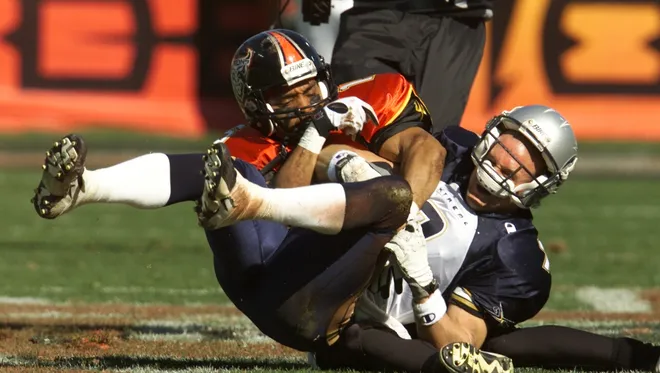
The XFL and USFL have announced a merger and will begin play in the new United Football League on March 30, 2024, when the defending XFL champion Arlington Renegades play the two-time defending USFL champion Birmingham Stallions in the opening game.
This is the latest attempt to keep professional football in action during the spring. While our country has a borderline ridiculous appetite for football, that hasn't quite carried over to spring football. Just four years ago, the Alliance of American Football attempted to fill the post-Super Bowl football void, only to fold with two weeks still left to play in its inaugural season.
It was a reminder that it's tough out there for start-up pro football leagues. So, good luck to the new UFL as you compete for the attention of the sporting audience this spring.
Dating back to World War II, only one start-up outdoor professional football league survived. It currently exists as the NFL's American Football Conference. In 1960, the American Football League went head-to-head with the National Football League and succeeded, forcing a merger between the two leagues and spawning the unofficial national holiday that is the Super Bowl.
Whether these leagues were direct competitors to the NFL, or just trying to fill a void in the football calendar in the timeframe after the Super Bowl, these leagues provide a cautionary tale for anybody thinking about getting another pro football league off the ground.
NFL STATS CENTRAL: The latest NFL scores, schedules, odds, stats and more.
XFL 3.0
Existence: 2023
What happened? Dany Garcia and Dwayne "The Rock" Johnson purchased the XFL out of bankruptcy for $15 million and rebooted the 2020 version of the league. The XFL was successfully able to complete its first season, though it would not make it to a second. On Dec. 31, 2023, it was announced that the XFL and rival USFL would merge to create the new UFL.
USFL 2.0
Existence: 2022-23
What happened? The recreated USFL — with team names harkening back to its 1980s ancestor — opened play in April 2022 with all eight teams headquartered and playing home games in Birmingham, Alabama. For the 2023 season, which opened as XFL 3.0 was finishing its first season, the league expanded its home stadium footprint. After two seasons of play, it was announced that the USFL and XFL were merging to create the UFL.
XFL 2.0
Existence: Five weeks (2020)
What happened? Blame a global pandemic for the premature end of the second (but not last!) iteration of the XFL. Just five weeks into its 10-game schedule, the XFL joined every other sports league in suspending its season due to the coronavirus pandemic. The XFL initially stated it would be back in 2021, but a month later the league filed for Chapter 11 bankruptcy. In August 2020, Dwayne "The Rock" Johnson and business partner Dany Garcia were among a group of investors that purchased the XFL's parent company for roughly $15 million. The league did have a promising start in 2020. It drew larger crowds than its spring football predecessor, the Alliance of American Football, and had national television agreements with ESPN and Fox Sports.
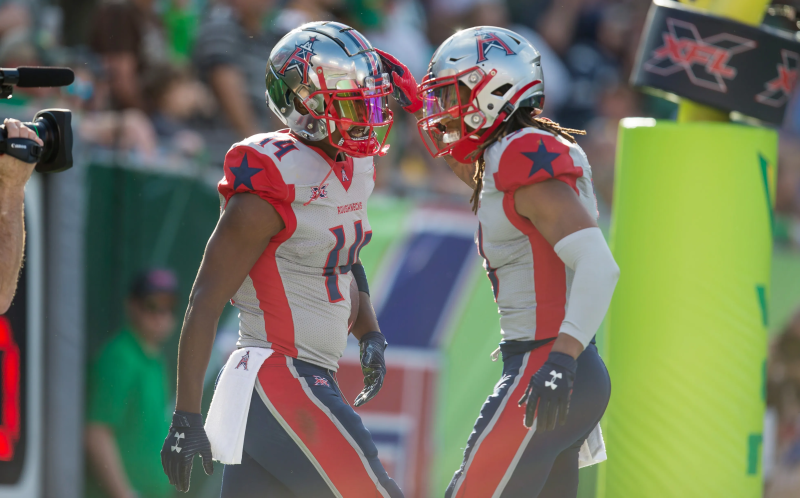
Alliance of American Football
Existence: Eight weeks (2019)
What happened? The AAF jumped out to strong TV ratings, but financial problems emerged early and Tom Dundon — who also owns the NHL's Carolina Hurricanes — stepped in with a $250 million investment. Six weeks later, after trying to secure cooperation from the NFL Players' Association to use young players from NFL rosters in AAF games, Dundon pulled the plug on The Alliance.
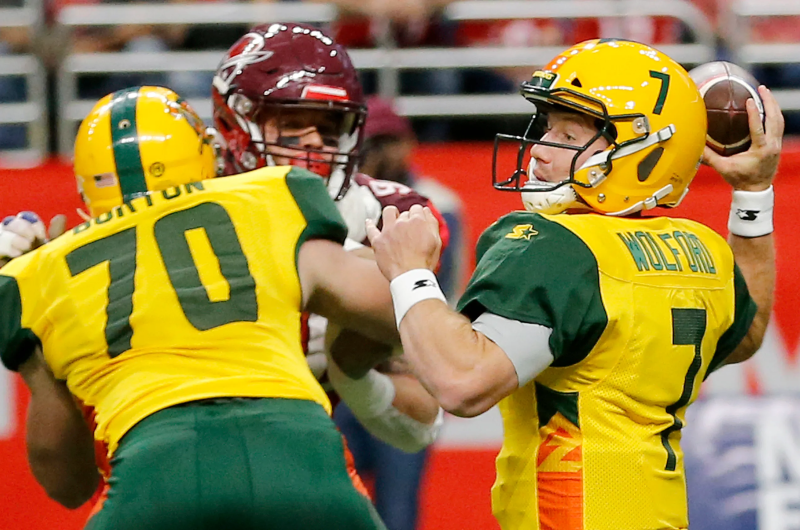
Fall Experimental Football League
Existence: 2 seasons (2014-15)
What happened? The FXFL was, well, small. It played with four teams in 2014 and just three in 2015. The league had hoped to be a developmental league for the NFL, playing its games in the fall and ending its season in November, which is normally a time when injuries can take a toll on an NFL roster. However, without official NFL support, the league never became profitable and closed operations before it could complete its second season.
United Football League
Existence: 4 seasons (2009-12)
What happened? A rare start-up football league to try to play its games in the fall, the UFL nearly benefited from a prolonged lockout in 2011 as the NFL and NFLPA worked out a new collective bargaining agreement. Instead, the NFL lockout was resolved in time for the 2011 regular season and the UFL wouldn't be the only pro football option for TV networks that autumn. The UFL played the 2011 season, but its 2012 season was cut short after four weeks of play as the league succumbed to financing issues.
XFL 1.0
Existence: 1 season (2001)
What happened? Triggered by the marketing power of Vince McMahon and what is now the WWE (plus a partnership with NBC), the XFL opened to huge TV ratings. Those ratings quickly deteriorated as the season went along. Billed as "the toughest football ever," the XFL failed to live up to expectations. It was just bad football, featuring trash-talking TV commentators such as Jesse Ventura (then the governor of Minnesota) and borderline-inappropriate cheerleaders (there were, however, cool player nicknames on the back of jerseys). Less than a month after it played its championship game, the XFL folded after massive financial losses. Only the AAF failed faster than the XFL in 2001. Despite all of this, McMahon reincarnated the XFL for a 2020 launch.
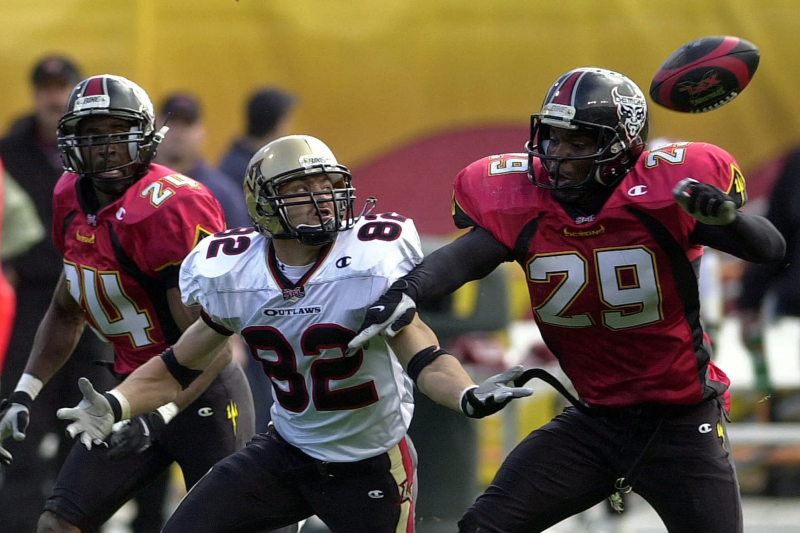
World League of American Football/NFL Europe/NFL Europa
Existence: 15 seasons (1991-2007)
What happened? This start-up lasted the longest of any, thanks to the backing of the NFL. The original "World League" featured three Europe-based teams, one in Canada and six teams in the U.S. This incarnation lasted two seasons and the league was put on hiatus until being brought back as NFL Europe in 1995 with each of its six teams based in Europe (it was rebranded as NFL Europa for its final season in 2007). The NFL assigned developmental players to NFL Europe teams, and the league's track record for producing NFL talent was tremendous. Pro Football Hall of Famer Kurt Warner is the most notable alum. Others included QBs Jake Delhomme, Brad Johnson and Jon Kitna, LB James Harrison, DT La'Roi Glover, return specialist/WR Dante Hall, and kickers David Akers and Adam Vinatieri. Actor Terry Crews also played in the league. In 2007, as part of a new strategy to "make the NFL more accessible on a global scale," the NFL shut down NFL Europa and focused on the International Series of games in London (though it took until 2022 for the NFL to finally play a regular-season game in Germany, which was an NFL Europe stronghold).
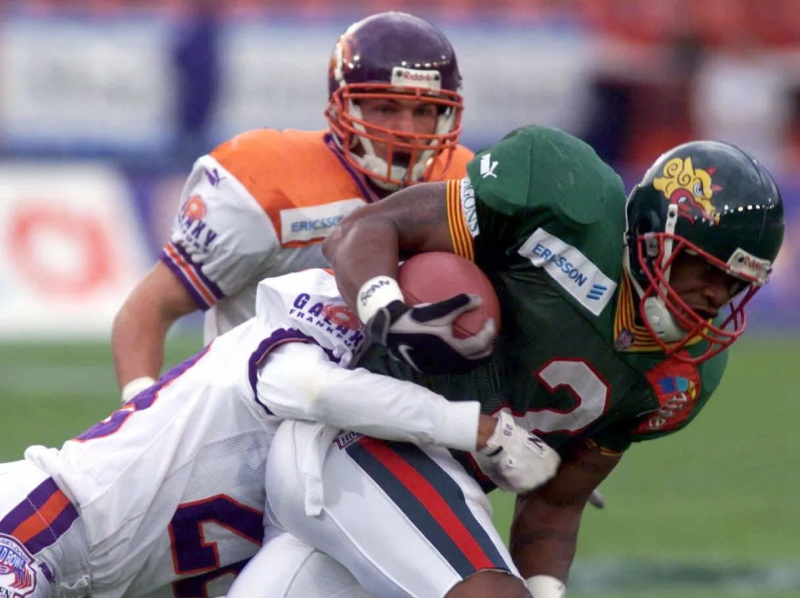
United States Football League
Existence: 3 seasons (1983-85)
What happened? Playing its games in the spring, the USFL wasn't a direct competitor to the NFL. However, it was competing for talent. The first salvo was the signing of 1982 Heisman winner Herschel Walker. While Walker never became a Pro Football Hall of Famer, four players enshrined in Canton did begin their pro football careers in the USFL: Jim Kelly, Steve Young, Reggie White and Gary Zimmerman. A relatively modest beginning for the USFL got a huge jolt when Donald Trump bought the New Jersey Generals. Trump worked to convince other USFL owners to move its league games to the fall. With the USFL planning a 1986 move to fall games, Trump then convinced USFL owners to file an anti-trust lawsuit against the NFL. This did not go well. The USFL was awarded $1 in damages and the league was done.
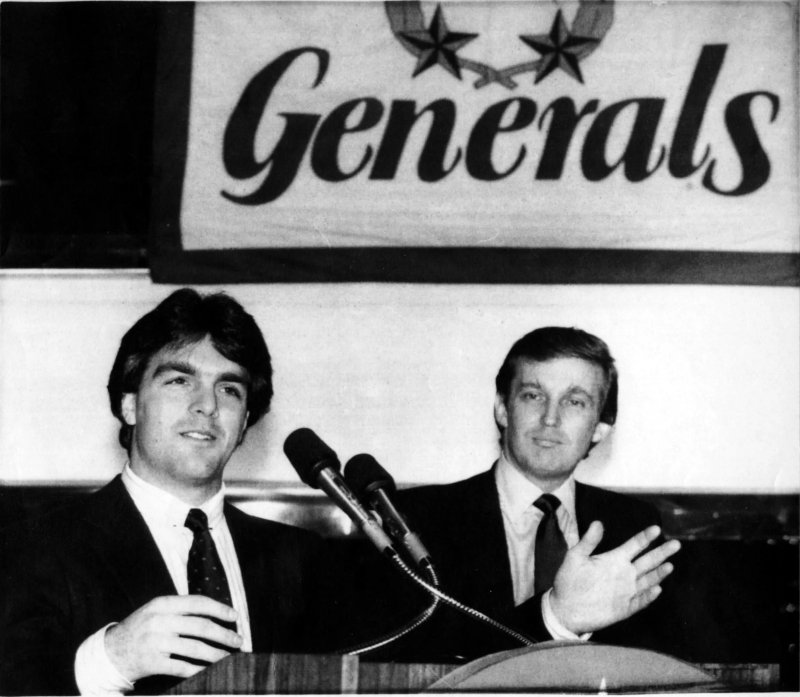
World Football League
Existence: 2 seasons (1974-75)
What happened? Aligned as a direct competitor to the NFL, the WFL signed a number of notable NFL players, including a trio from the Super Bowl champion Miami Dolphins: Larry Csonka, Jim Kiick and Paul Warfield. The league's first season ended with the league champions — the Birmingham Americans — having their uniforms repossessed. Despite that obvious financial trouble, the WFL came back for more in 1975. It didn't survive long enough to hold another title game, folding midway through its season.
Continental Football League
Existence: 5 seasons (1965-69)
What happened? This is where Bill Walsh got his first head coaching gig, coaching the San Jose Apaches in 1967. The Continental Football League survived until the AFL-NFL merger, when teams folded and the league was no more.
All-American Football Conference
Existence: 4 seasons (1946-49)
What happened? The AAFC — like the American Football League after it — was a legitimate competitor to the NFL. For the 1950 season, three AAFC teams — the Baltimore Colts (a separate franchise than the team currently located in Indianapolis), Cleveland Browns and San Francisco 49ers — were merged into the NFL. The Browns — winners of all four of the AAFC championship games — were an instant powerhouse in the NFL. Defeating the defending NFL champion Philadelphia Eagles in a famous 1950 season-opener, then winning the league title that season and playing in the NFL championship game in seven of its first eight NFL seasons.
Pacific Coast Professional Football League
Existence: 9 seasons (1940-49)
What happened? The PCPFL operated mostly during a time when the furthest west NFL franchises were the Chicago Bears and Green Bay Packers. In 1941, Jackie Robinson played in the PCPFL as a running back for the Los Angeles Bulldogs. Before becoming NFL pioneers with the LA Rams, Kenny Washington and Woody Strode — Robinson's teammates at UCLA — played for the Hollywood Bears. Popularity in the league decreased due to the Cleveland Rams' move to Los Angeles in 1946, as well as the presence of the AAFC's Los Angeles Dons.
Follow USA TODAY Sports' Jim Reineking on Twitter @jimreineking.
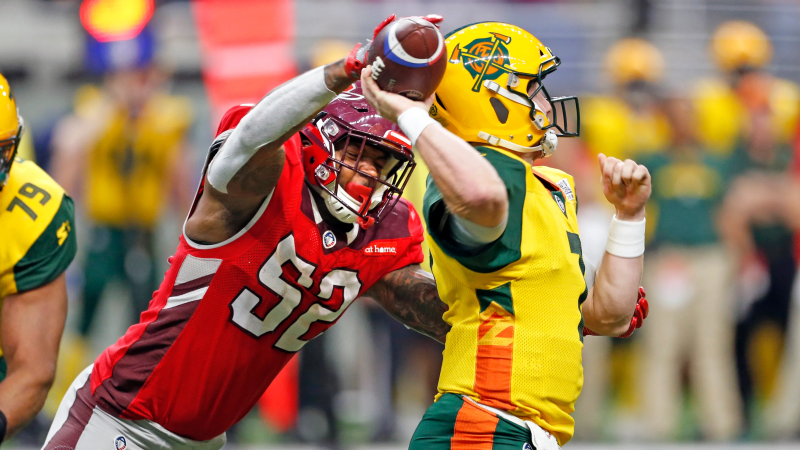
Disclaimer: The copyright of this article belongs to the original author. Reposting this article is solely for the purpose of information dissemination and does not constitute any investment advice. If there is any infringement, please contact us immediately. We will make corrections or deletions as necessary. Thank you.







